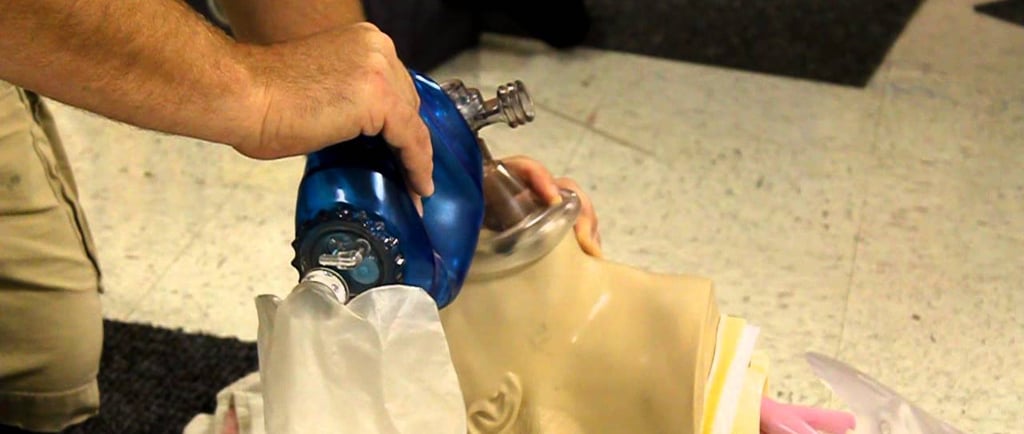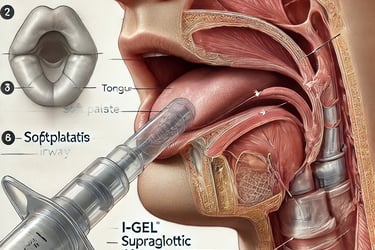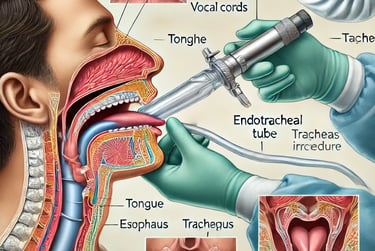The Ultimate Guide to Advanced Airway Medical Devices: Types, Usage, Brands, and Alternatives
In emergency medicine, anesthesia, and critical care, securing the airway is a matter of life and death. Advanced airway devices ensure a patient maintains an open airway, enabling proper ventilation and oxygenation when natural breathing is compromised. These devices are vital for patients suffering from trauma, respiratory failure, or during surgical procedures.
Medtechsolns
3/22/20253 min read


Introduction
In this guide, we’ll cover the different types of advanced airway devices, their usage, leading brands, alternative interventions, and a price range to help you make informed decisions.
Types of Advanced Airway Devices
Advanced airway devices can be categorized into endotracheal tubes (ETTs), supraglottic airway devices (SGAs), and specialized emergency airway tools.
1. Endotracheal Tubes (ETTs)
Endotracheal tubes are inserted through the mouth (or nose) into the trachea to establish a secure airway. They are commonly used in surgeries and intensive care settings. Placement is confirmed through direct visualization or imaging techniques.
🛠 How to Use an Endotracheal Tube:
Position the patient’s head in a ‘sniffing’ position.
Use a laryngoscope to visualize the vocal cords.
Insert the lubricated ETT through the vocal cords into the trachea.
Inflate the cuff to secure the tube and confirm proper placement using capnography and auscultation.
🖼 Illustration: an image showing endotracheal intubation procedure
2. Supraglottic Airway Devices (SGAs)
SGAs provide a less invasive alternative to endotracheal intubation. These devices sit above the vocal cords, ensuring proper ventilation while avoiding the complexity of direct tracheal intubation.
⭐ Popular Supraglottic Devices:
i-gel Supraglottic Airway – A non-inflatable, gel-like mask that conforms to the airway anatomy for quick insertion and reduced trauma.
Laryngeal Mask Airway (LMA) – An inflatable cuff that sits over the laryngeal inlet, used for both elective surgeries and emergencies.
🛠 How to Use an i-gel Supraglottic Airway:
Ensure the patient’s mouth is clear of obstructions.
Lubricate the i-gel device.
Slide the device along the hard palate until resistance is felt.
Confirm positioning by checking chest rise and auscultation.
🖼 Illustration of an i-gel airway being inserted:
3. Esophageal-Tracheal Combitube
This dual-lumen device allows ventilation whether it enters the esophagus or trachea, making it especially useful in pre-hospital emergency settings.
Top Brands & Manufacturers
Here are some of the most reputable brands producing advanced airway devices:
Teleflex – Known for its LMA and endotracheal tubes.
Intersurgical – Manufacturer of the widely used i-gel supraglottic airway.
Ambu – Produces the King LTS-D, a popular supraglottic airway device.
🛒 Where to Buy: Many of these products can be found through medical suppliers such as Medline, Amazon Medical, Henry Schein, and Direct Medical Solutions.
Alternative Options & Interventions
If advanced airway devices are unavailable, healthcare providers can consider the following alternatives:
✅ Bag-Valve Mask (BVM) Ventilation – A manually operated resuscitator used for positive pressure ventilation when an advanced airway is not in place.
✅ Oropharyngeal or Nasopharyngeal Airways (OPA/NPA) – Simple airway adjuncts that help maintain airway patency by preventing tongue obstruction.
✅ Cricothyrotomy (Emergency Airway Procedure) – A last-resort surgical intervention that involves creating an incision in the cricothyroid membrane to establish an airway.
Price Guide: What to Expect
The cost of advanced airway devices varies depending on brand, features, and type:
💰 Endotracheal Tubes (ETT): $5 - $15 per unit
💰 i-gel Supraglottic Airway: $20.75 per device
💰 King LTS-D Airway: $50.50 per unit
💰 Laryngeal Mask Airways (LMA): $25 - $100 per device
💡 Note: Prices are approximate and may vary depending on suppliers, bulk purchases, and region.
Final Thoughts
Advanced airway devices save lives in critical situations. Whether you're a healthcare professional, emergency responder, or anesthesia provider, understanding the types, uses, and alternatives ensures you're well-prepared to manage airways effectively.
✅ Key Takeaways:
ETTs and SGAs are the primary tools for securing an airway.
Brands like Teleflex, Intersurgical, and Ambu offer high-quality devices.
Alternatives like BVM, OPAs, and cricothyrotomy can be life-saving when advanced devices are unavailable.
Prices vary based on features and brand, but investing in the right tools enhances patient safety.
🗣 Do you have experience with advanced airway devices? Share your insights in the comments below!




